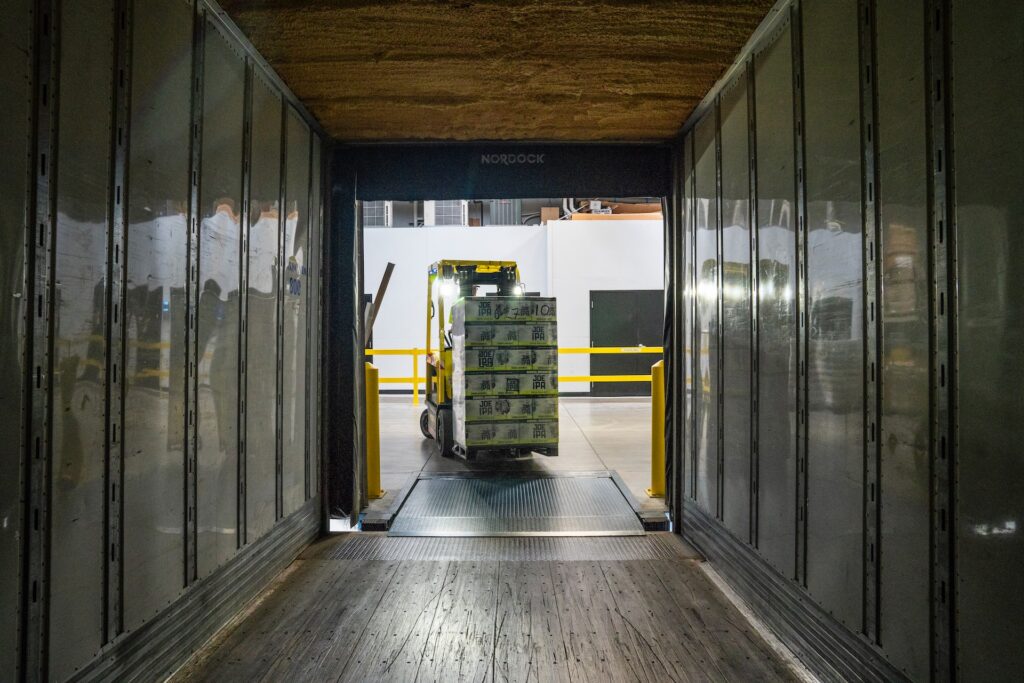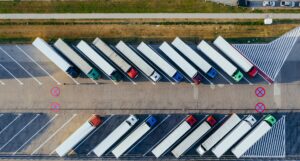Enhancing Visibility and Security for Cargo Transport: Different Approaches
Cargo transportation is a critical component of the global economy, with billions of dollars’ worth of goods being transported by road, rail, sea, and air each day. However, this massive movement of goods is not without its challenges, including theft, loss, and damage to goods in transit. In this blog, we will discuss different approaches to enhance visibility and security for cargo transport.
1. GPS Tracking Devices
GPS tracking devices have become a standard tool for monitoring and securing cargo during transportation. These devices provide real-time location information, allowing shipping companies to monitor the movement of their cargo and ensure that it reaches its destination on time and in good condition. GPS tracking devices also help to prevent theft by providing a secure chain of custody and by alerting shipping companies to any unusual activity.
2. RFID Technology
Radio-frequency identification (RFID) technology is another approach to enhancing visibility and security for cargo transport. RFID tags can be attached to individual items or containers and can be read by RFID readers, providing real-time information about the location, status, and condition of the cargo. This technology helps to improve supply chain visibility and can help prevent theft and damage to goods in transit.
3. Physical Security Measures
Physical security measures, such as locks, alarms, and security personnel, are also important for enhancing visibility and security for cargo transport. These measures help to prevent theft and damage to goods in transit and provide a physical deterrent to would-be thieves.
4. Remote Video Surveillance
Video surveillance and remote monitoring has become a popular approach for enhancing visibility and security for cargo transport. Here are some of the benefits of using remote video surveillance:
- Real-time Monitoring: Cameras can provide real-time monitoring of the movement of cargo, allowing shipping companies to monitor their cargo from a remote location. This can help to detect any unusual activity and ensure that the cargo is being handled properly
- Evidence Collection: In the event of theft or damage, video footage can be used as evidence to support insurance claims and investigations. The footage can also be used to identify the culprits and improve security measures in the future
- Deterrent Effect: The presence of cameras can serve as a deterrent to would-be thieves and prevent theft and damage to goods in transit
- Improved Process Efficiency: By monitoring the movement of cargo in real-time, shipping companies can identify any bottlenecks or inefficiencies in their supply chain and make improvements. This can help to optimize the overall supply chain and reduce costs
- Increased Transparency: Video surveillance can provide increased transparency in the supply chain and improve operation
To ensure the best results, it is important to use purpose-built vehicle cameras and to strategically place them in areas where they can capture the most relevant footage. Shipping companies should also ensure that they have the necessary infrastructure, such as reliable cellular data connection and secure data storage, to support the use of cameras for video surveillance.
Video surveillance and remote monitoring can provide significant benefits for enhancing visibility and security for cargo transport. By using cameras, companies can monitor their cargo in real-time, prevent theft and damage, improve process efficiency, and increase transparency in the supply chain.



